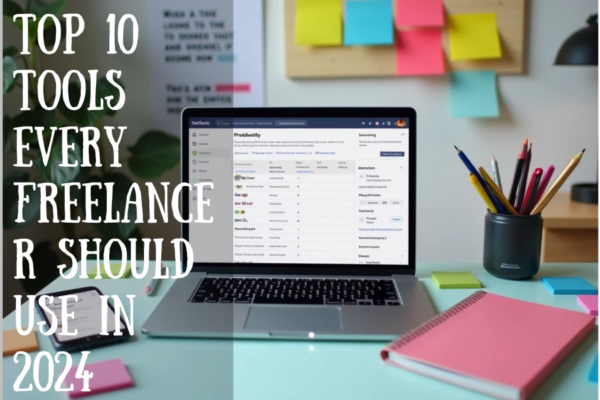
How to Price Your Freelance Services for Maximum Profit
Pricing freelance services can be tricky, especially for beginners. Charge too low, and you risk undervaluing your work. Charge too high, and you might scare off potential clients. Finding the right balance is key to building a sustainable and profitable freelance career. This blog will guide you through proven strategies to price your freelance services effectively while ensuring you get paid what you’re worth. 1. Understand the Value of Your Work Why It’s Important: Clients pay for value, not time. Pro Tip: Use testimonials and case studies to demonstrate your worth. 2. Research Industry Rates Why It Helps: Knowing the market standards prevents underpricing or overpricing. 3. Choose a Pricing Model Three Common Models: Pro Tip: Combine hourly and project-based pricing when needed. 4. Calculate Your Baseline Rate Why It’s Essential: Ensures your rates cover expenses and desired income. 5. Factor in Experience and Expertise Why It Matters: More experience means higher rates. 6. Be Transparent with Clients Why It Builds Trust: Clarity on costs avoids disputes later. 7. Adjust Rates for Long-Term Clients Why It’s Beneficial: Loyal clients can provide steady income, even at slightly reduced rates. 8. Test and Refine Your Pricing Why It’s Effective: Freelance markets evolve, and so should your rates. ConclusionPricing freelance services is an ongoing process that requires research, confidence, and adaptability. By understanding your worth, choosing the right model, and adjusting based on experience and market trends, you can maximize your profits and build a thriving freelance career.












